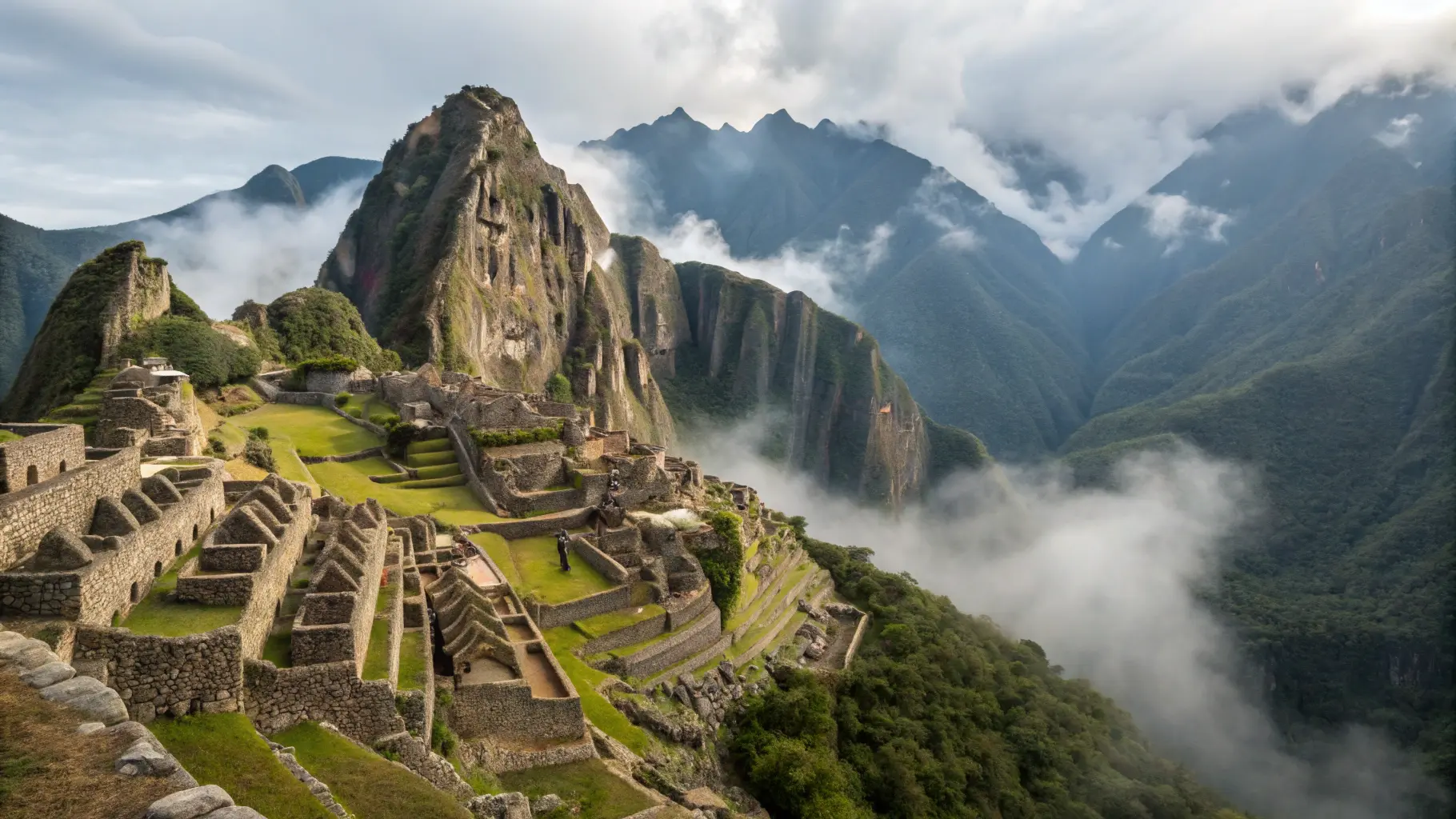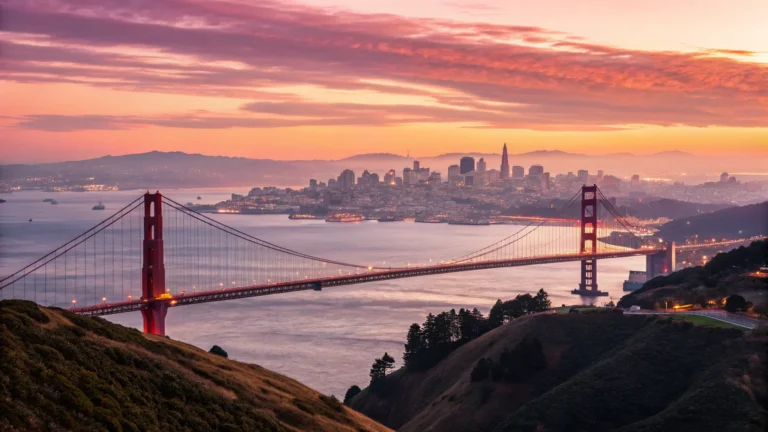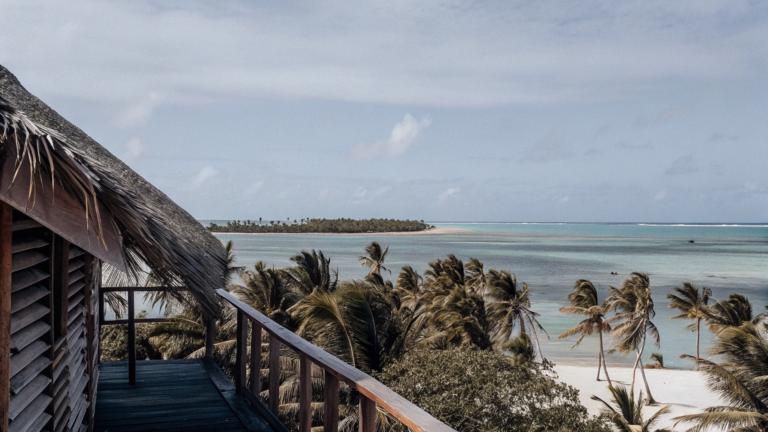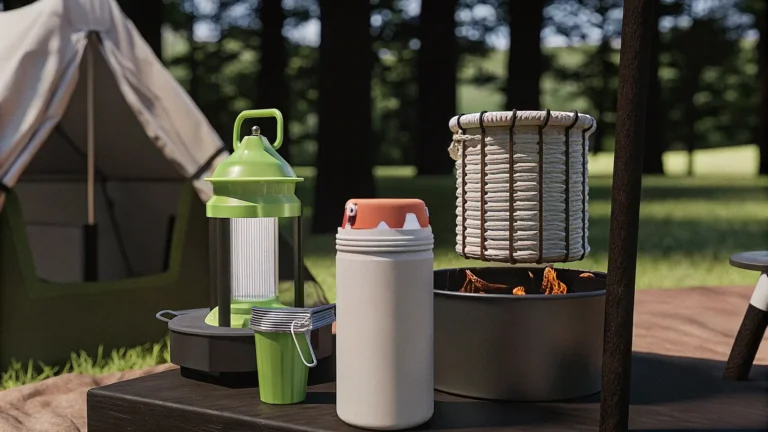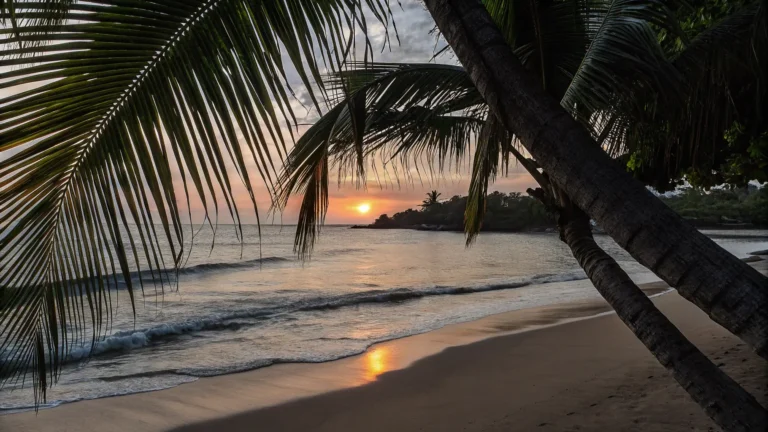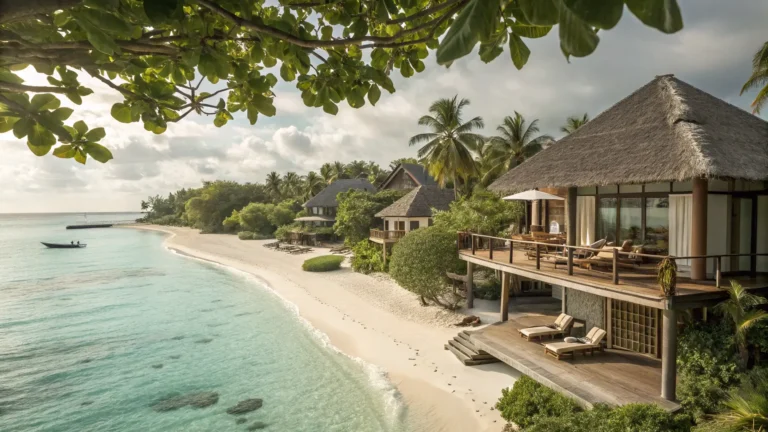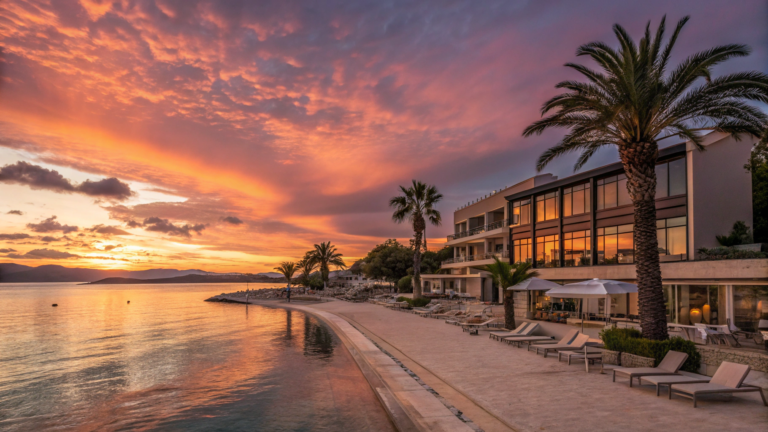Discover the Best Time to Travel to Machu Picchu in 2025
Last updated on June 17th, 2025 at 06:23 pm
My buddy Jake spent $4,000 on his Peru trip last February. Know what he got for that money? Four days stuck in his Cusco hotel, watching Netflix and eating room service while rain hammered the windows. His Machu Picchu tour? Canceled twice. His mood? Pretty much ruined.
“Dude, I should’ve asked you first,” he texted me on day three. “This sucks.”
That text hit me hard because I’ve made the same planning mistakes. My first Peru trip in 2019 was a disaster – I showed up in January with flip-flops and summer clothes, expecting tropical weather because, you know, South America equals hot, right? Wrong. I froze my butt off and spent way too much money on last-minute gear.
But here’s the thing – I went back twice more because Machu Picchu is absolutely worth it when you time it right. After three visits, countless conversations with local guides, and helping friends avoid my mistakes, I’ve figured out exactly when you should go.
Table of Contents
Peru’s Weather Reality Check Best Time to Travel to Machu Picchu
Forget everything you think you know about seasons. Peru has two modes: dry and wet. That’s it.
Dry season runs May through September. Think sunny California vibes with zero humidity. Clear skies, chilly mornings, warm afternoons, and maybe one random shower the entire time you’re there.
Wet season is October through April. This doesn’t mean it rains all day every day – that’s a myth. It usually stays dry until 2 PM, then the sky opens up for a few hours. Mornings are often gorgeous.
Machu Picchu sits way up at almost 8,000 feet, which creates its own weird weather patterns. I’ve seen it go from freezing fog to blazing sunshine in thirty minutes. The altitude also makes everything feel more intense – the cold hits harder, the sun burns faster, and the rain feels like ice water.
Here’s what I wish someone had told me: pack for a Colorado mountain town, not a beach vacation.
Month-by-Month Breakdown (From Someone Who’s Actually Been There)
June, July, August: Perfect Weather, Brutal Crowds
My July 2022 trip was textbook perfect weather-wise. Blue skies every single day, comfortable temperatures, zero rain. The photos turned out incredible.
The downside? I felt like I was at Disneyland. Crowds everywhere, long lines for bathrooms, and good luck getting that classic Machu Picchu shot without twenty tourists in the background. Plus, everything cost a fortune. My basic hotel room in Aguas Calientes ran $220 a night – the same room my friend got for $80 in November.
July and August are the worst for crowds because European families are on vacation and American schools are out. If you absolutely must go during these months, book everything six months ahead and expect to pay premium prices for mediocre service.
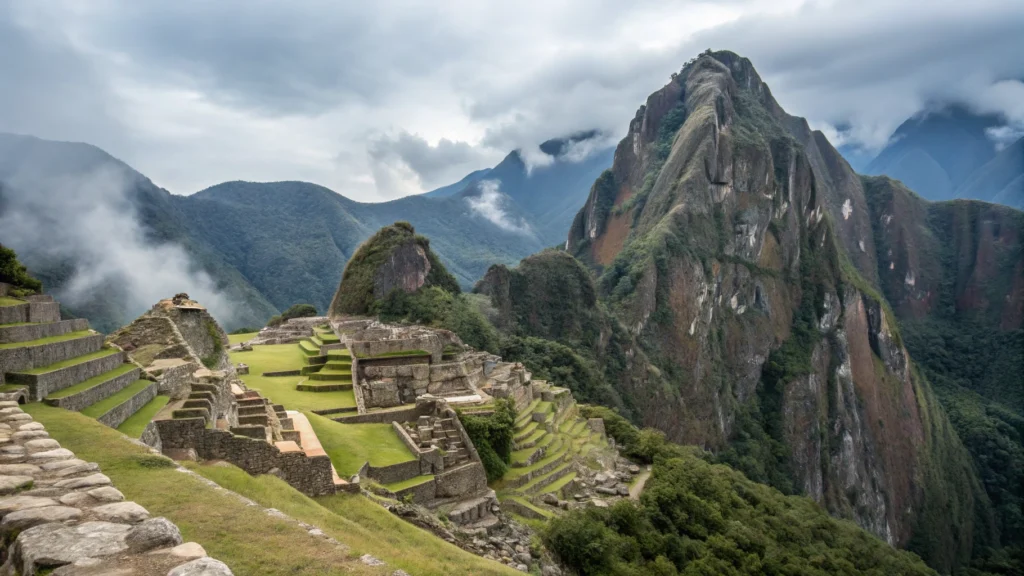

May and September: The Sweet Spot Most People Miss
September 2023 was hands down my best Peru experience. Weather was still dry and clear, but I wasn’t fighting crowds for photos. Hotel prices dropped by about 40%, and restaurant reservations were actually available.
May works the same way – you catch the tail end of the rainy season (everything’s super green) while getting into reliable dry weather. I’ve talked to travelers who went in early May and had practically empty ruins to themselves.
The only downside? Weather can be slightly less predictable than peak summer. My September trip had one cloudy morning, but honestly, the misty photos turned out even cooler than the bright sunny ones.
October Through April: Wet Season Realities
Let me bust a myth right now – wet season doesn’t mean constant rain. It means afternoon thunderstorms that roll in like clockwork around 2 or 3 PM.
I met a couple from Australia in March who planned their entire itinerary around this pattern. They did all their outdoor activities in the morning, headed back to town for lunch and shopping when the rain hit, then enjoyed cozy dinners while listening to storms outside. They said it was actually romantic.
February is the wettest month, and the Inca Trail closes completely for maintenance. But hotel prices drop by 50% or more, and you’ll have Machu Picchu almost to yourself. Just pack serious rain gear and build extra days into your schedule.
November and December can be tricky – it’s the start of rainy season, so weather is unpredictable. Some days are perfect, others are washouts. March and April are more reliable if you want wet season savings without total weather chaos.
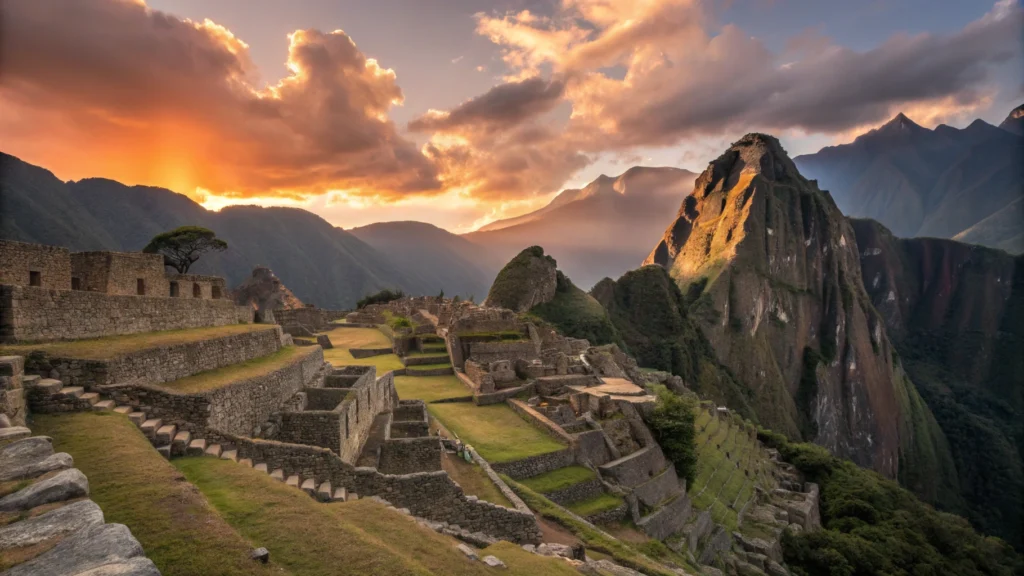

Festival Madness and Why It Matters
I accidentally booked my 2022 trip during Inti Raymi (June 24th) without realizing what I was getting into. This ancient sun festival basically takes over all of Cusco for a week.
On one hand, it was incredible – I watched traditional dancers, ate amazing street food, and felt like I was experiencing real Peruvian culture. On the other hand, my hotel tripled their rates, every restaurant had hour-long waits, and getting transportation was a nightmare.
If you want the cultural experience, plan for Inti Raymi but book accommodations way ahead and budget extra money. If you want a chill trip, avoid late June completely.
Other dates that mess with pricing and availability:
- Corpus Christi in June (dates change yearly)
- Cusco’s birthday celebration (June 23rd)
- Peruvian Independence Day (July 28th)
Money Talk: What Things Actually Cost
Peak season pricing hurts. During my July trip, I paid:
- $220/night for a basic hotel in Aguas Calientes
- $95 for a group day tour
- $30 for a simple lunch
- $85 for train tickets
Same exact services in September cost:
- $130/night for the same hotel room
- $65 for the same tour company
- $18 for comparable meals
- $65 for identical train tickets
Wet season prices? Even cheaper. I’ve seen luxury hotels offer rooms for under $100/night during February and March.
The Inca Trail permits cost the same year-round ($75 plus tour costs), but good luck getting spots during peak season without booking 8+ months ahead.
Planning Timeline That Actually Works
Peak season (June-August): Start planning at least six months out, maybe longer. Inca Trail permits disappear first – sometimes within hours of release dates. Popular hotels in Aguas Calientes book up three to four months ahead.
Shoulder seasons (May, September): Two to three months ahead is usually fine for most stuff. You might still get Inca Trail permits with four months notice, and hotel choices stay decent.
Wet season: You can literally show up and figure things out, though I don’t recommend that approach. One to two months ahead gives you good options and better prices.
Packing Lessons I Learned the Hard Way
Always bring:
- Warm layers (mornings are cold even in summer)
- Rain jacket (even dry season gets occasional showers)
- Sturdy shoes with grip (those stone steps are slippery)
- Extra phone batteries (cold drains them fast)
- Serious sunscreen (altitude makes UV brutal)
Wet season additions:
- Waterproof everything, not just water-resistant
- Quick-dry pants and shirts
- Multiple pairs of socks and underwear
- Plastic bags for electronics
- Extra day built into your schedule
I made the mistake of bringing cotton clothes on my first wet season trip. Cotton takes forever to dry at altitude, so I spent two days wearing damp, uncomfortable clothes. Learn from my stupidity – synthetic materials only.
Altitude: The Thing Nobody Warns You About Properly
Cusco sits at 11,200 feet. That’s higher than most ski resorts. Even if you’re in great shape, the altitude will probably affect you somehow.
My first day in Cusco, I felt like I had the worst hangover of my life – headache, nausea, zero energy. The locals gave me coca tea, which actually helped a lot. Don’t laugh – it works.
Plan to spend at least two full days in Cusco before attempting Machu Picchu. Use this time to adjust and explore the city. Rush straight to Machu Picchu, and you might spend your dream trip feeling awful.
Things that help:
- Drink water constantly (way more than feels normal)
- Avoid alcohol your first day
- Take it easy – don’t plan intense activities
- Eat light meals
- Consider altitude medication if you’re prone to mountain sickness
Photography Reality Check
Those perfect sunrise photos you see on Instagram? They require getting up at 4:30 AM to catch the first bus to Machu Picchu. In July, I waited in line with about 200 other photographers trying to get the same shot.
September was way better for photos – fewer people competing for spots, and the light was just as good. Plus, I didn’t have to wake up in the middle of the night to avoid crowds.
Wet season actually produces some stunning photos if you’re into moody, dramatic shots. Those clouds rolling over the mountains create an atmosphere you can’t get during clear weather.
When Bad Weather Strikes (And It Will)
Even during dry season, you might hit weather issues. Here’s how to make the best of it:
Cusco backup plans:
- San Pedro Market is huge and mostly covered
- Museums like Qorikancha are fascinating
- Cooking classes teach you actual useful skills
- Colonial architecture walking tours work in light rain
Sacred Valley alternatives:
- Pisac ruins have covered sections
- Ollantaytambo town is great for wandering
- Hot springs in Aguas Calientes (perfect for rainy days)
- The train ride itself is gorgeous regardless of weather
My Honest Recommendations
First time visitors: Go in May or September. You’ll get great weather without insane crowds or peak pricing. These months give you the best balance of everything.
Budget travelers: February or March offer massive savings if you can handle some rain. Just pack properly and stay flexible with your schedule.
Perfect weather guarantee: June through August have the most reliable sunshine, but you’ll pay extra and fight crowds everywhere.
Photographers: May and September give you the best combination of good light, clear skies, and manageable crowds for getting those shots.
Look, I’m not gonna lie – Machu Picchu is amazing no matter when you go. Even my disaster January trip with the wrong clothes and terrible weather was still one of the coolest experiences of my life. The place is just that incredible.
But why make it harder on yourself? Pick the right season for your priorities, pack properly, and you’ll have the trip of a lifetime instead of an expensive lesson in poor planning.
The key is being honest about what matters most to you. Perfect weather? Budget savings? Avoiding crowds? Cultural experiences? Once you know your priorities, the timing decision becomes pretty obvious.
Jake, the guy from my opening story, went back to Peru this past September. He planned better, packed properly, and had an absolutely incredible time. Sometimes the failures teach us exactly what we need to do differently.
What questions do you have about timing your Peru adventure? Drop them in the comments – I love helping people avoid my rookie mistakes and plan trips that actually work out!

